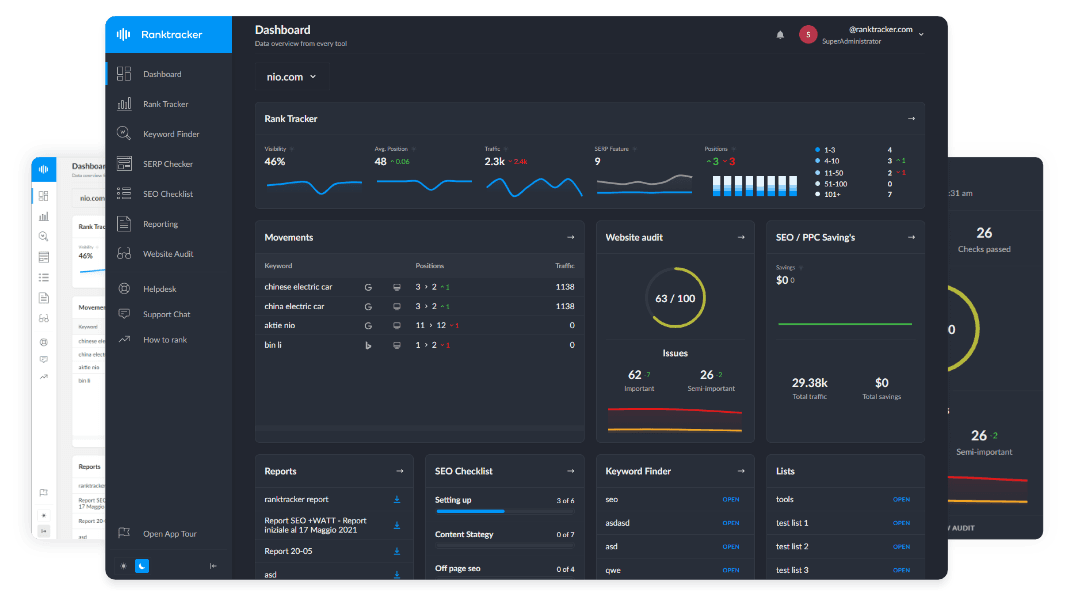Intro
Testing is the foundation of building reliable software. It helps developers catch bugs and confirm that features work as intended.
But testing isn't one-size-fits-all.
Two core approaches, unit testing and integration testing, serve different purposes, and confusing them can leave holes in your testing strategy.
This blog post explains what distinguishes unit testing and integration testing and how to use them effectively.
What Is Unit Testing?
Unit testing involves testing the smallest parts of your code, such as individual functions, methods, or classes, to ensure they work as expected. These tests focus on verifying that a specific code unit produces the correct output for a given input.
Unit tests are typically fast because they don’t rely on external systems like databases, APIs, or file storage.
The key benefit of unit tests is their ability to pinpoint issues quickly. If a test fails, the problem is isolated to the specific function or method, making it easier to identify and fix. Unit tests are also helpful for catching bugs early in the development process, especially when updating the code. However, unit tests cannot assess the system's behavior when all components are integrated.
The All-in-One Platform for Effective SEO
Behind every successful business is a strong SEO campaign. But with countless optimization tools and techniques out there to choose from, it can be hard to know where to start. Well, fear no more, cause I've got just the thing to help. Presenting the Ranktracker all-in-one platform for effective SEO
We have finally opened registration to Ranktracker absolutely free!
Create a free accountOr Sign in using your credentials
This is where integration testing comes into play.
What Is Integration Testing?
Integration testing takes a broader approach by checking how different parts of the system work together. Rather than focusing on individual components, it verifies the interactions between modules, services, or external systems, such as a web server connecting to a database or an API interacting with an external service. The goal is to ensure that these components, which may pass their unit tests, work properly when integrated.
Since integration tests cover more ground, they tend to be slower and more complex than unit tests. They’re also more prone to inconsistencies, especially when external systems, like a third-party API, are unstable. However, integration tests are essential for identifying issues that unit tests may miss, such as incorrect data transfer between components or errors in database configuration.
Key Differences Between Unit and Integration Testing
To understand how these two approaches differ, let's compare them across several key areas:
Scope
Unit testing focuses on a single function or method in isolation, like testing one puzzle piece to ensure it fits correctly. Integration testing, on the other hand, examines how multiple pieces work together, ensuring that the assembled components function as expected.
Speed
Unit tests are fast because they don't rely on external systems. You can run hundreds in seconds, making them ideal for frequent checks during development. Integration tests, which often interact with databases or APIs, take longer to execute, sometimes requiring seconds or minutes per test.
Complexity
Writing unit tests is usually straightforward since you're dealing with small, isolated code. Integration testing are trickier because they involve multiple components and external dependencies, which can introduce variables that are hard to control.
Isolation
Since unit tests isolate the code being tested, they use mocks or stubs to simulate dependencies. This keeps the test focused and predictable. In contrast, integration tests work with the real connections between components, testing how they interact in conditions that closely mirror the production environment.
Error Detection
When a unit test fails, the issue is easy to pinpoint because the scope is narrow, typically confined to a single function or method. However, diagnosing the problem can be more challenging when an integration test fails. The issue could arise from any of the interacting components or how they are connected.
Balancing Unit and Integration Tests for Effective Software Testing
In most testing workflows, unit and integration tests serve different purposes, but neither works well in isolation. Striking the right balance means focusing unit tests on core functionality and using integration tests for critical interactions between components. This keeps feedback loops fast while still validating system behavior under real conditions.
Leaning too heavily on one side creates problems—too many unit tests can overlook real-world failures, while too many integration tests slow things down and increase maintenance. A balanced mix helps you catch bugs early and still trust that the full system works as intended.
Conclusion
Testing strategies work best when they're shaped around context, not checklists. Knowing when to rely on unit tests and when to validate system behavior through integration tests helps keep quality high without slowing down development.
HeadSpin is a testing platform designed for developers and QA teams to perform real-device testing across mobile, web, and OTT applications. With access to a wide range of devices in over 50 global locations, it allows for testing under real-world conditions to ensure optimal app performance across diverse environments and user scenarios.

